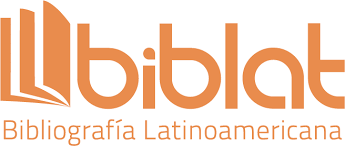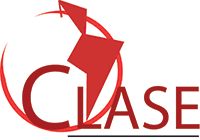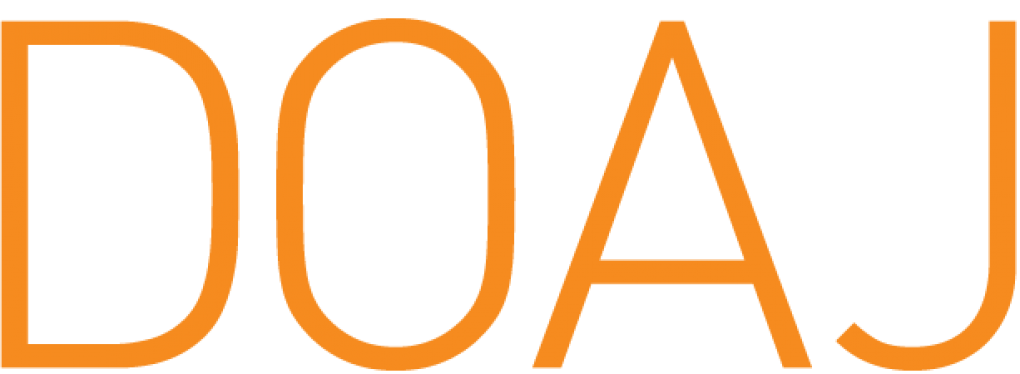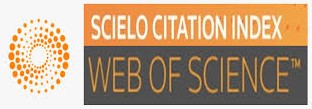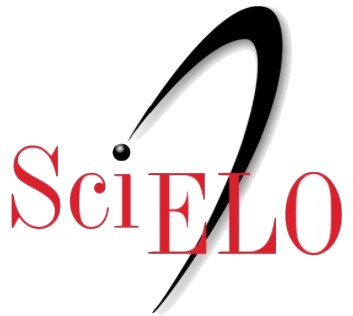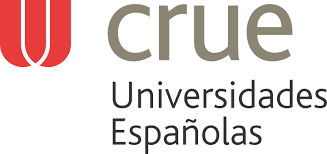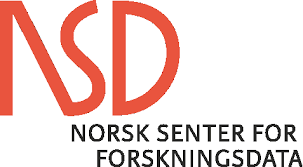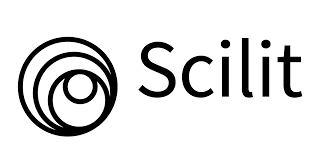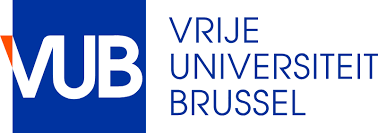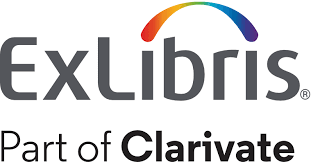Plataforma robótica de exploración y verificación como apoyo a unidades operativas de la Policía Nacional en su lucha contra bandas criminales y el terrorismo
DOI:
https://doi.org/10.22335/rlct.v1i2.49Palabras clave:
Robótica, electrónica, informática, ingeniería de control, Policía Nacional, exploración de áreas, elementos peligrosos, mejoramiento del servicio de policía, seguridad.Resumen
Este artículo presenta los resultados de la investigación institucional desarrollada por la Escuela de Telemática y Electrónica de la Policía Nacional de Colombia en el año 2008, proceso científico y tecnológico que tuvo como objeto central de estudio el de optimizar la plataforma robótica telecomandada de exploración y verificación de apoyo a unidades operativas de la Policía Nacional en su accionar táctico y lucha contra bandas criminales y el terrorismo desarrollada en su fase inicial por estudiantes de la Escuela en el año 2007, se examinó en esta nueva fase la viabilidad técnica para integrar a la plataforma un sistema de monitoreo visual mediante una cámara de red inalámbrica y la instalación de sensores que permitan mejorar sus características operacionales destinadas entre otras, a minimizar los múltiples riesgos a los que se ven enfrentados a diario los miembros de la Fuerza Pública en el proceso de exploración o verificación de un área o elemento potencialmente peligroso.
Descargas
Referencias
http/eswikipedia.org/wiki/circuitocerradodentelevisi%C3%B3nwikipedia:Esbozohardware/redes
http:/www.microsoft.com
http:/www.asic.upv.es
http://www.x-robotics.com/sensores.htm http://www.superrobotica.com/Sensores.htm
http://www.junun.org/MarkIII/Store.jsp#item1 http://es.wikipedia.org http://www.rae.es/
Publicado
Número
Sección
Licencia
Esta revista provee acceso libre e inmediato a su contenido (https://creativecommons.org/licenses/by-nc-nd/4.0/), bajo el principio de hacer disponible gratuitamente la investigación al público y apoyar a un mayor intercambio de conocimiento global.
